Arles is a Provencal city that was also known as Little Rome. Centuries ago it played an important role as one of Julius Caesar’s colonies, but today it is a great open-air museum confirming the power of the Roman Empire. It is also the city where Vincent van Gogh created his most important paintings – and lost an ear.
When I told my French friends that I was going to Arles for the weekend, everyone mentioned right away not to forget my hat. The Mistral is the hallmark of the city, and, of course, I considered it a legend that probably had little to do with the truth. It was enough, however, to get off the train to find out about the power of the winds blowing over the Rhone. Arles is located on this wonderful river, and the history of the city is inextricably linked with it.
Arles – a Roman colony in Provence
Arles was one of the cities founded over 2,000 years ago by the Greeks, but was later conquered by the Romans. Caesar allocated land in the vicinity of the city to his soldiers as a reward for fighting for his empire. The city itself quickly gained strategic importance on Roman maps and became known as Little Rome. This was mainly due to its ideal location at the mouth of the Rhone: the river transported goods, and the port of Arles was also used for military purposes. In those days, the sea was much closer to the city than it is now, so tourists are sometimes surprised to hear about the coastal nature of the city.
- The ancient theater
- The Church of Saint Trofim
- Arles Amphitheatre
- Alycamps Cemetery
The power of Arles in ancient times is evidenced by the Roman buildings still standing today – a huge arena, and the ruins of an amphitheater and the city baths. There was also a magnificent forum building and a huge hippodrome in the city. If you are looking for traces of ancient Rome in Provence, Arles is the best place to start your adventure.
The monuments and attractions of Arles
Exploring Arles is simple, and is possible on a walking tour. Almost all the attractions are concentrated within the old town, and consist mainly of ancient monuments, magnificent Provencal tenement houses, and the narrow streets. The most important monuments have been inscribed on the UNESCO World Heritage List, which emphasizes the importance of these sites. Among them you will find:
- Arles Amphitheatre (Arènes d’Arles), which in Roman times housed 20 thousand spectators. Today the famous corrida takes place here.
- The ancient theater (Théâtre Antique), whose ruins can be admired right next to the amphitheatre. Unfortunately, this building is the least well preserved. For centuries, it was used as building material for the surrounding churches and houses, and the practice was only stopped in the 17th century.
- Cryptoportiques du Forum – underground tunnels that were supposed to be used as storehouses for grain, but there was too much humidity inside, something that still prevails today. The entrance is located in the mayor’s office building. Personally, I find them the least interesting attraction as the crypts are basically empty.
- The Baths of Constantine (Thermes de Constantin), whose walls can be seen right next to the Rhone. Little is left of the former baths, but they are still a living reminder of the Roman empire.
- Alycamps Cemetery – once one of the most popular cemeteries in Europe. Saint Trophimus, the first bishop of Arles, once rested here, and the bodies of the rich were given unusually decorated sarcophagi. The former popularity of this place is evidenced by the fact that the bodies of the dead floated down the Rhone from afar with coins in their mouths as payment, and were then fished out and buried in Alyscamps. After the remains of Saint Trophimus were moved, the cemetery lost its importance, and the precious sarcophagi began to serve as gifts for the rulers and wealthy visiting the area. The preserved tombstones can be seen today at the Arles Archaeological Museum. The knight, Roland, commemorated in the Song of Roland, is reportedly also buried in Alyscamps. The cemetery itself is described in Dante’s Divine Comedy.
- The Church of Saint Trofim (Église Saint-Trophime), located in Republic Square. Inside, among others items, are relics of John Paul II, but the most impressive exhibit is the ornate portal from the 12th century.
- The Archaeological Museum (Musée départemental Arles antique), where we can find very interesting reconstructions of ancient Arles and its key buildings, the aforementioned sarcophagi, as well as an ancient merchant boat excavated from the mud of the Rhone.
- Musée Réattu – a museum with works by local painters, which also houses interesting temporary exhibitions, and works by Picasso. The property is housed in a building formerly owned by the Knights of Malta.
- The Regional Museum of Ethnography (Museon Arlaten), where you can see how the people of Provence used to live in the past. The facility was founded by the famous poet and Nobel Prize winner Frederic Mistral.
Unfortunately, most of these attractions can only be visited after paying a fee. Even entry to Alyscamp Cemetery is paid. Each attraction has its own box office and ticket prices, ranging from around 3.50 euros up to even 8 euros. It is worth asking for pass tickets, which allow you to visit many different attractions, and can save you a little money.
Vincent van Gogh in Arles
Arles is not only famous for its ancient souvenirs. Vincent van Gogh settled in this city and many of the area’s hundreds of thousands of tourists visit the region mainly for this reason – they want to see the places where this famous post-impressionist lived and worked. In the very center of the town, at the Place du Forum, there is a cafe (Le Café Van Gogh), immortalized in the painting Cafe Terrace at Night. The place itself is not recommendable, as can be seen from the reviews left by customers on Google, but it makes a perfect background for a photo.
- Van Gogh painting in Arles
- Van Gogh painting in Arles
- The Regional Museum of Ethnography in Arles
- The river Rhône
Van Gogh stayed in Arles from February 1888 to May 1889. During this time, he painted his most recognizable paintings. However, he was considered a freak, even a madman, by the locals, who feared him. His paintings are sometimes exhibited at the Fondation Vincent van Gogh, but here you will find mostly works by artists inspired by van Gogh.

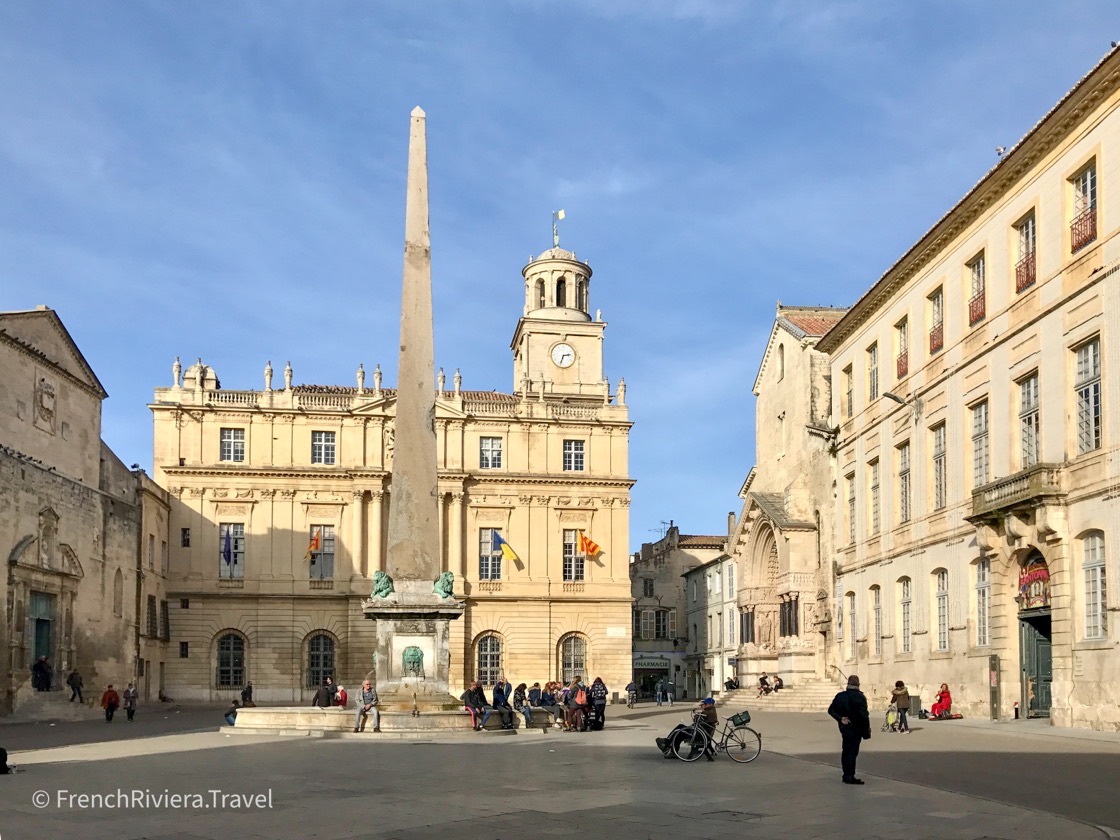

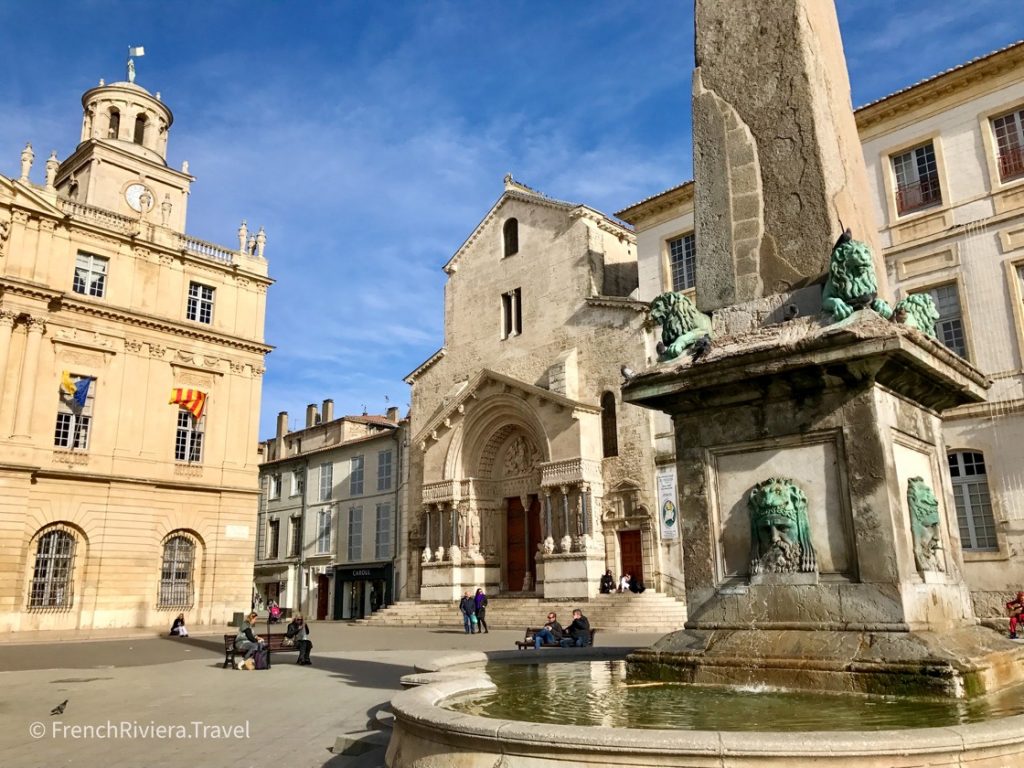
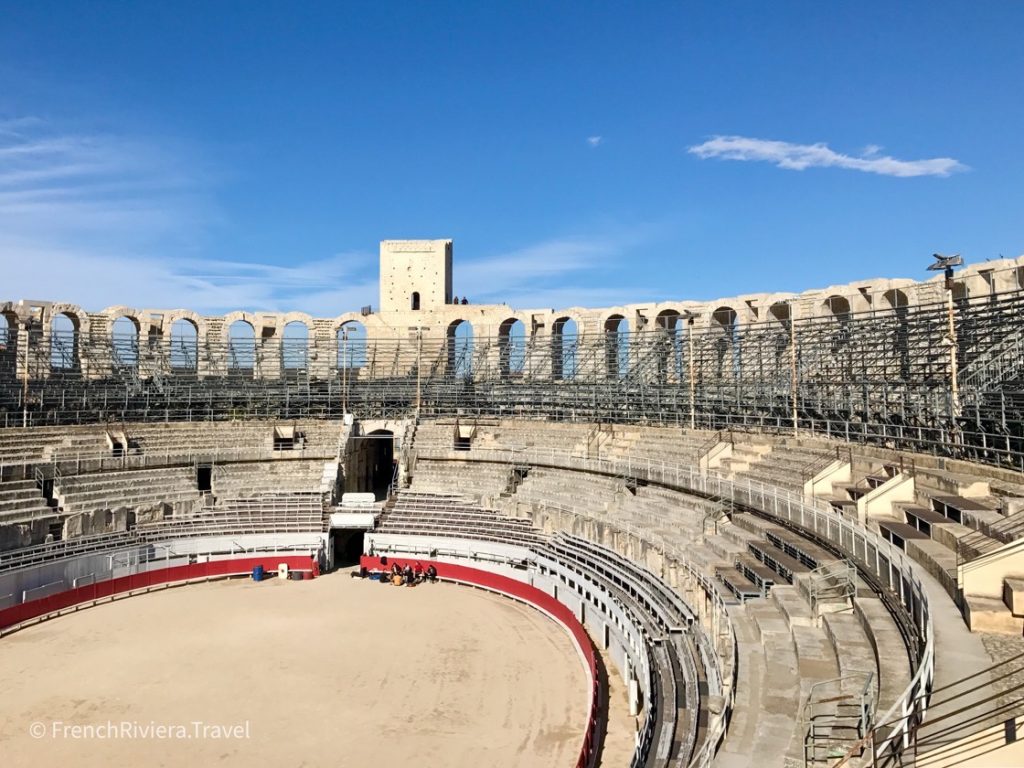
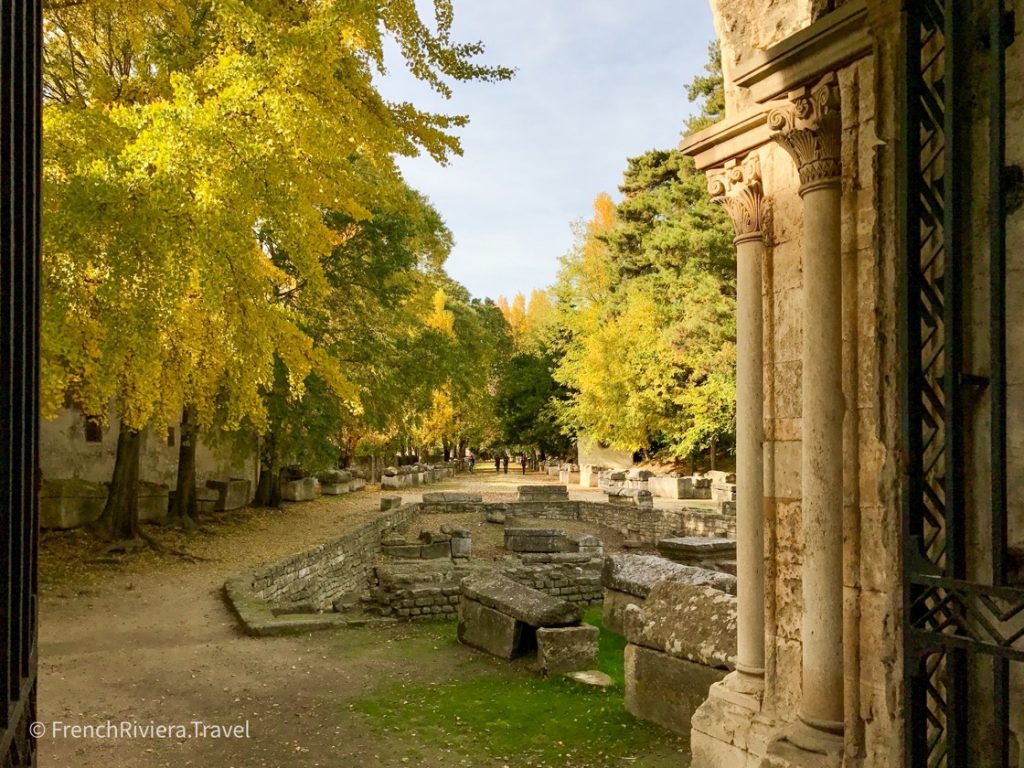
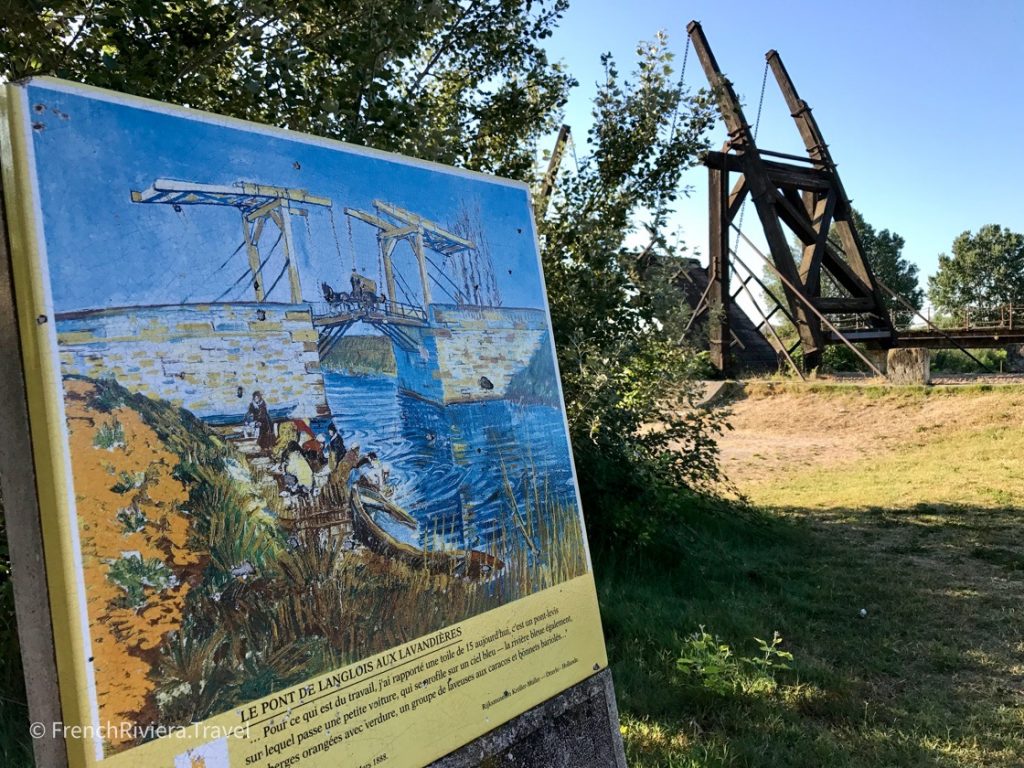
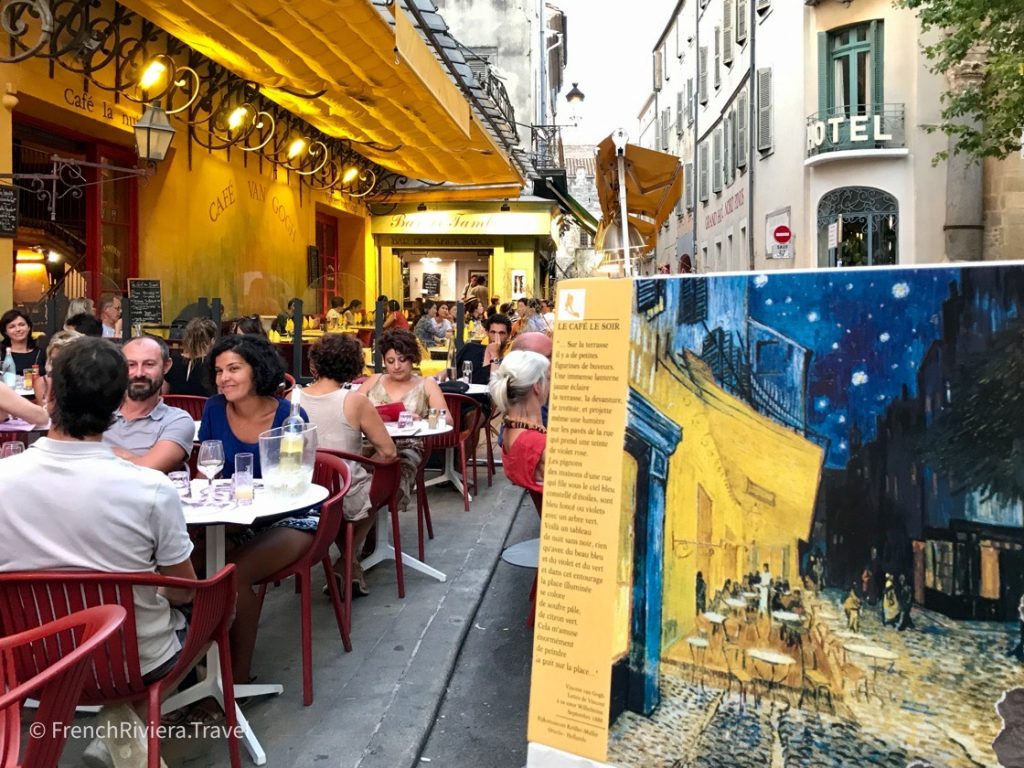

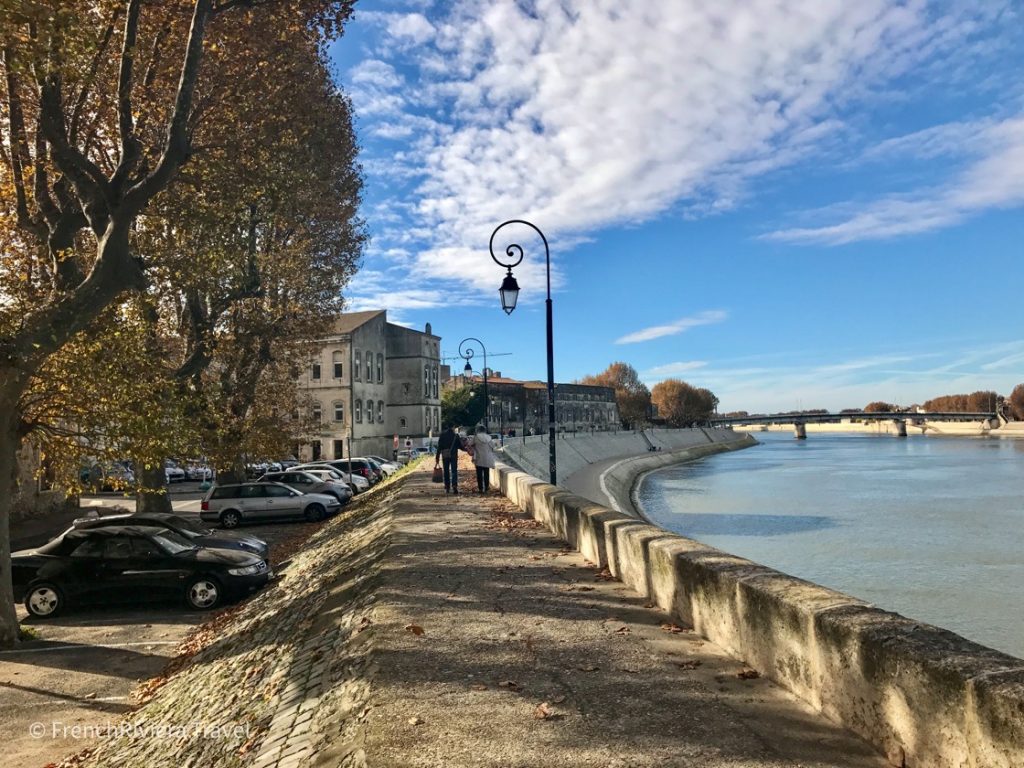

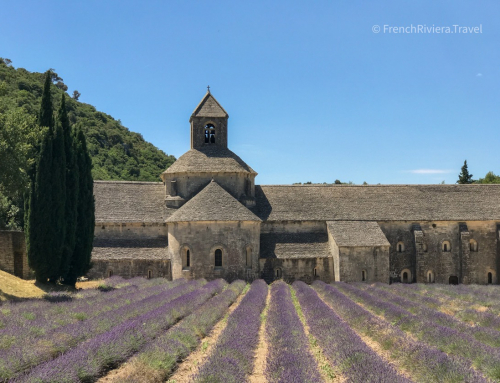
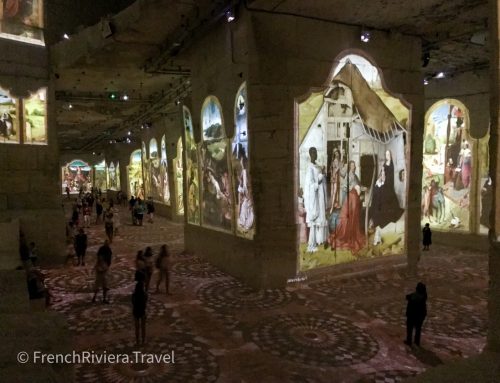
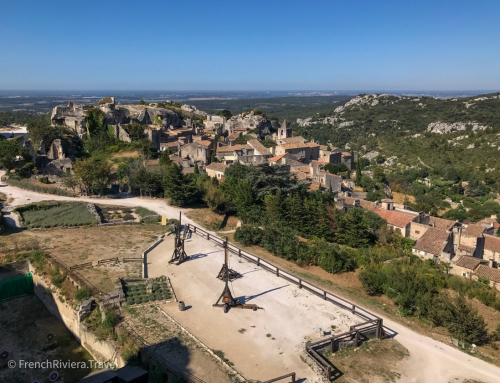
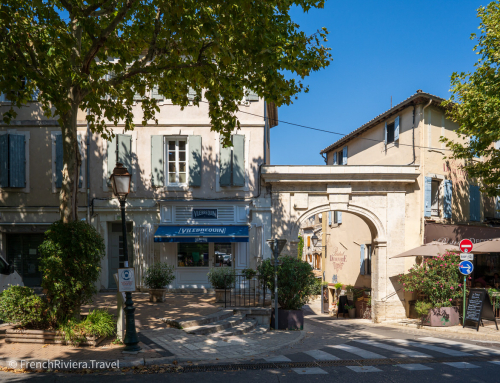

Leave A Comment